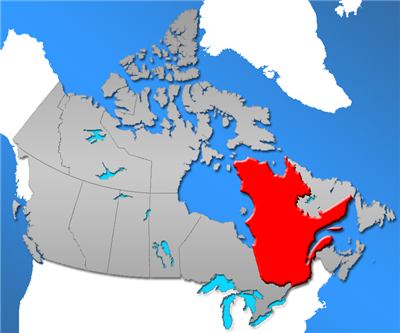
The Quebec government has given the go-ahead to build a controversial phosphate rock mine in a region best known for Canadian iron ore mining.
On Monday Quebec environment minister David Heurtel said the $750 million Arnaud project near Sept-Îles – an important entrepot for grain and iron ore shipped from the Labrador Trough straddling Quebec and Labrador- could proceed, despite earlier objections from the province’s Bureau d’audiences publiques sur l’environnement (BAPE).
The mine will produce apatite, a mineral containing phosphate, to be shipped from Sept-Îles to Norway, where the phosphate will be extracted to producer fertilizer. The project is majority-owned by Investment Quebec, the province’s industrial development arm, along with Norway’s Yara International, a major fertilizer group.
The BAPE last year called for changes to the open-pit mine plan, citing concerns over landslides, water contamination and tailings following public hearings. But Heurtel said “the project has evolved in the past year and management can deal with the concerns of the [BAPE],” according to the Montreal Gazette.
The open-pit mine – the largest in Canada near an inhabited area – is expected to create 800 construction jobs and 300 permanent mining and processing jobs, with commercial production expected to begin in 2019.
The decision is good news for the port town of Sept-Îles, which recently had a setback with the closure of the Bloom Lake iron ore mine. The closure was part of a plan by Cliffs Natural Resources (NYSE:CLF) to exit Eastern Canada, after taking a $6-billion charge on the mine related mainly to the ill-timed purchase of Bloom Lake, which was supposed to supply the then-booming Chinese steel market. Cliffs’ also sold part of its struggling coal division.
Arnaud is one of two phosphate projects under development in Quebec. Arianne Phosphate (TSXV:DAN) in 2013 released a feasibility study on its Lac à Paul phosphate mine, following an environmental impact assessment earlier that year. The mine would also produce apatite for export, in this case through a deep-water port on the Saguenay River.
Watch a video (in French) of the Arnaud project:
2 Comments
Gold Digger
Jourdan Resources and Glen Eagle Resources both have good phosphate exploration projects in Quebec as well
dish
I dont know why we need fertilizers in the first place. This is not even necessary